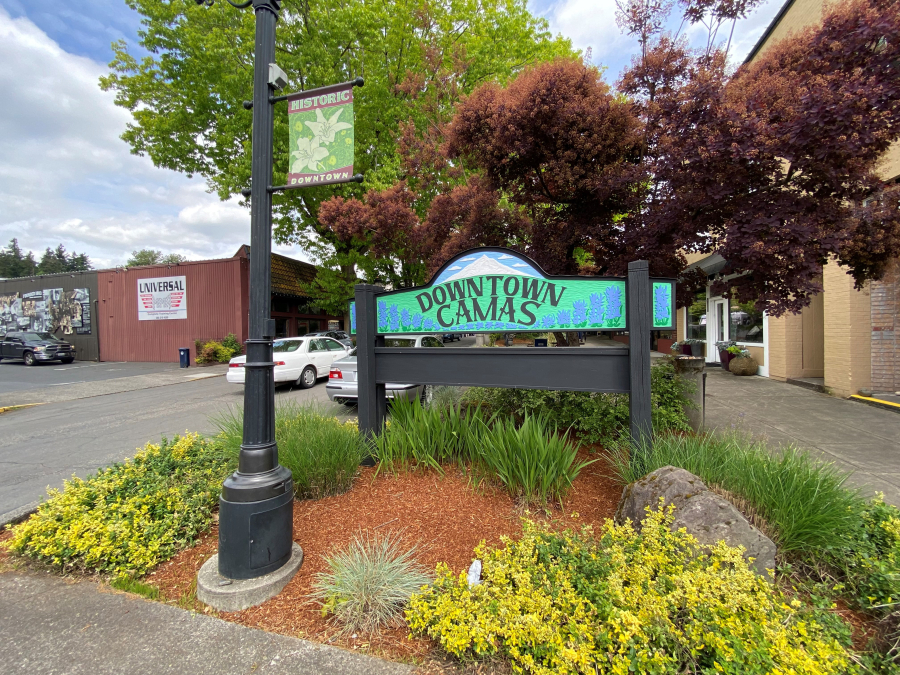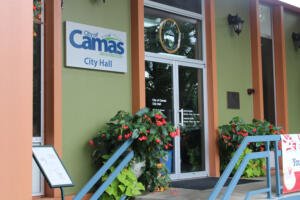The city of Camas is gearing up for an extensive planning project that will include a comprehensive plan update, climate change goals and subarea planning in the city’s historic downtown.
“This is going to be led by the community,” Camas Community Development Director Alan Peters told Camas City Council members Monday, Sept. 18, during the Council’s workshop. “The community will have a lot of opportunities to participate.”
Peters submitted a $1.2 million consultant agreement with WSP USA, SERA Architects, 3J Consulting, DKS and EcoNorthwest for project management tasks associated with the city’s downtown subarea plan, climate planning now required by the state of Washington, and a comprehensive plan update that will build on the city’s Camas 2035 plan the Council adopted in 2016 and develop goals and policies to meet the community’s housing needs and comply with the state’s Growth Management Act requirements.
“Camas 2035 was adopted in 2016. Since then, there has been a lot of new growth and changes at the city and state level,” Peters said Monday, adding that the comprehensive plan update, which is due to the state by 2025, will help Camas leaders plan for growth through 2045.
“This plan is specifically for future growth in residences as well as jobs,” Peters said. “It will establish a blueprint for the city’s growth over the next 20 years.”





